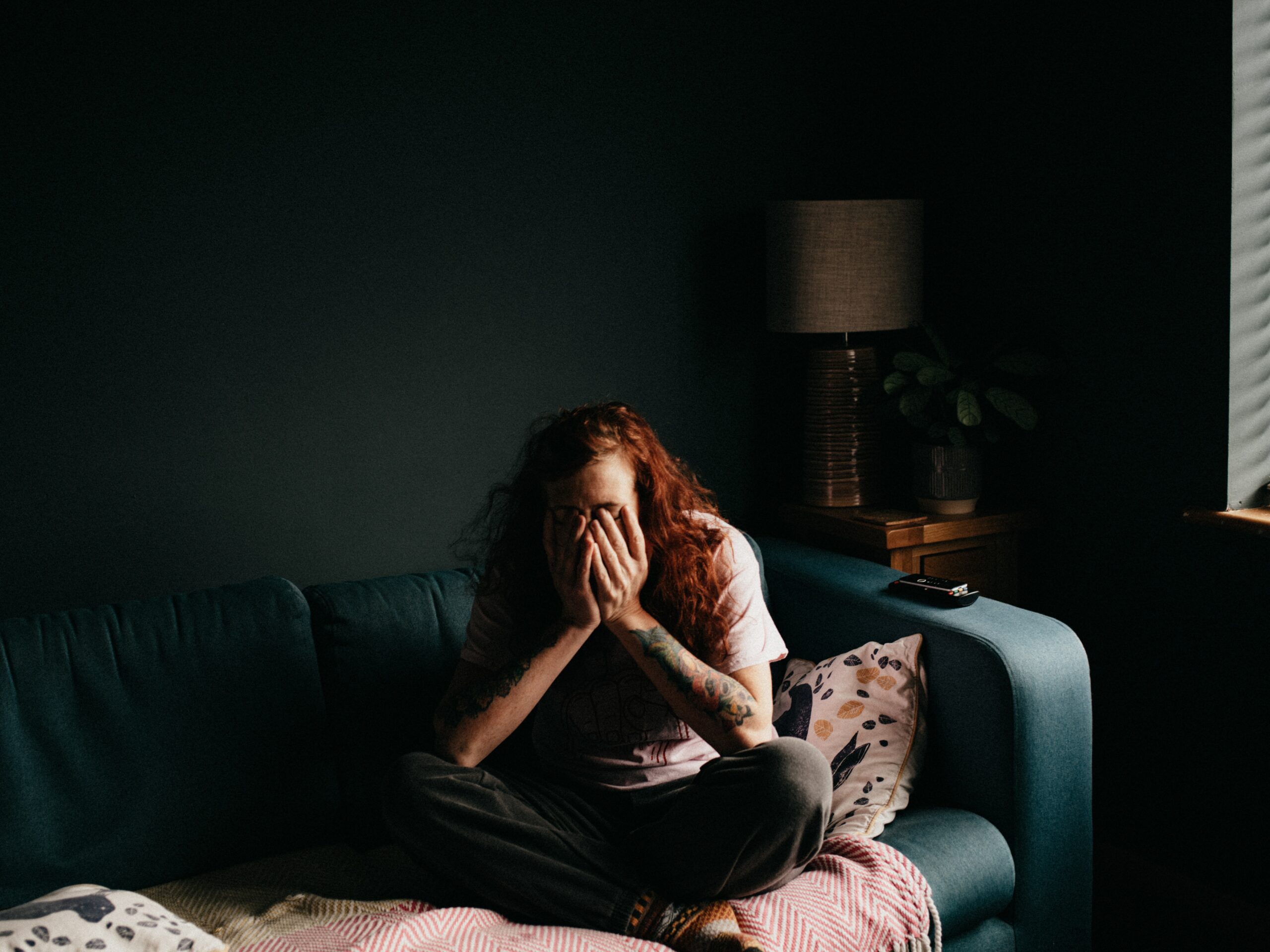

About 5% of adults in the U.S experience seasonal depression, also called Seasonal Affective Disorder (SAD). More than just feeling down, and it typically starts in the late fall or early winter. It is thought that shorter days and less daylight may trigger a chemical change in the brain leading to symptoms of depression, including feelings of sadness, lack of energy, loss of interest in usual activities, oversleeping and weight gain.
Who is affected by seasonal affective disorder (SAD)?
Seasonal affective disorder (SAD) is more common in younger people, women, and those with other mental health conditions. You are considered at higher risk if you:
- Have another mood disorder, such as major depressive disorder or bipolar disorder
- Have family members who suffer from depression or mental health conditions, such as major depression or schizophrenia
- Lived in locales with less light during the winter, such as latitudes far north or far south of the equator
- Live in cloudy or excessively rainy regions
Symptoms of Seasonal Affective Disorder
According to the Cleveland Clinic and American Psychiatric Association, SAD is officially classified as a major depressive disorder with seasonal patterns. So if you have seasonal affective disorder, you have mood changes and symptoms of depression, including:
- Sadness, feeling depressed most of the day, almost every day
- Anxiety
- Carbohydrate cravings and weight gain
- Extreme fatigue and lack of energy
- Feelings of hopelessness or worthlessness
- Trouble concentrating
- Feeling irritated or agitated
- Limbs (arms and legs) that feel heavy
- Loss of interest in usually fun activities, including withdrawing from social life
- Sleeping problems (usually oversleeping)
- Thoughts of death or suicide
Treatment for SAD
Treatments for Seasonal Affective Disorder may include all or some of the following:
Exposure to the sun: Getting some fresh air or being close to a window can assist with symptoms.
Light treatment: If getting more sunlight is not an option, it might be beneficial to spend a certain amount of time each day being exposed to a specific kind of light.
Psychotherapy: Interpersonal or cognitive-behavioral therapy can help you alter unhelpful perceptions of yourself and your environment. It can also help you strengthen interpersonal skills, recognize your stress triggers, and learn effective stress management techniques.
Antidepressants: Prescription anti-depressants can aid in resolving the chemical imbalance that may cause SAD.
Additionally, there are things you can do on your own to ease symptoms:
Get support. Consult a healthcare professional as soon as you can if you believe you may be depressed.
- Establish attainable goals. Don’t take on too much. Break large tasks into small ones, set priorities, and do what you can as you can.
- Make an effort to socialize and confide in others.
- Try some lighthearted activities. Attending a movie, gardening, or engaging in social, physical, or other fun activities can be uplifting. Acts of service frequently make people better.
- Exercise frequently.
- Expect your mood to improve gradually rather than instantly. Feeling better takes time.
- Eat nutritious, balanced meals.
- Avoid using alcohol and other drugs. These may exacerbate depression.
- Delay making significant decisions until the depression has subsided. Before making a major decision—such as changing professions, getting married, or divorcing—talk it over with people who know you well and can offer a more unbiased assessment of your circumstances.
- Be patient and try to stay optimistic. Nothing lasts forever.
- Let your loved ones and friends assist you.
If you need additional support, the Scottsdale Providence team is here to help. Get in touch today. If you or a loved one is contemplating suicide, reach out to the suicide helpline 24/7 at 988.
 Get support. Consult a healthcare professional as soon as you can if you believe you may be depressed.
Get support. Consult a healthcare professional as soon as you can if you believe you may be depressed.